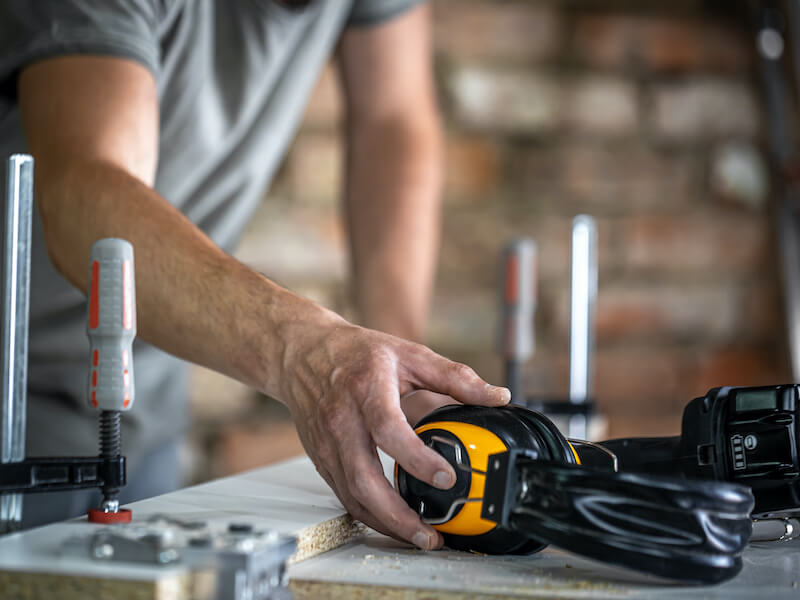
Usually, when you’re confronted with hearing loss (no matter the variety), the first thing you should do is attempt to minimize the damage. There are, after all, some basic measures you can take to protect your hearing and limit further hearing loss.
Tip 1: Keep your ears clean
Did you clean behind your ears? It’s one of those early hygiene lessons you learn, or should have learned, right? But it’s your inner ears that we’re concerned with here, in terms of hearing health, not the back of your ears.
There are a number of ways that earwax buildup can affect your hearing:
- Sound waves going to your ears can be impeded when a significant amount of earwax builds up. Because of this, your ability to hear becomes diminished.
- Your risk of getting an ear infection is elevated if your ears aren’t kept clean and that can lead to swelling which will impede your hearing. Your hearing will usually return to normal when the infection clears.
- If you use a hearing aid, earwax can also interfere with that. This might make it seem as though your hearing is worsening.
A cotton swab is absolutely not the correct tool to use to get any earwax that you may have noticed out and is strongly discouraged. Cotton swabs can cause damage and will almost always make the problem worse. Instead, use over-the-counter ear drops.
Tip 2: Really loud sounds should be avoided
This one is so instinctive it practically shouldn’t be on the list. But what exactly constitutes a “loud sound”? For example, freeway driving can be loud enough to damage your ears over a long amount of time. The motor on your lawnmower can be pretty straining on your ears, as well. Clearly, other things besides rock concerts or blaring speakers can damage your ears.
Here are a few ways to avoid loud, harmful noises.:
- When you have to be in a noisy environment, use hearing protection. Are you working on the floor of a loud factory? It’s okay if you want to attend that rock concert. But wear the necessary ear protection. You can get adequate protection with modern earmuffs and earplugs.
- When decibel levels get to a dangerous volume, you can make use of an app on your phone to alert you.
- Refraining from turning up the volume on your headphones when you’re watching videos or listening to music. When approaching dangerous levels, most headphones have a built-in warning.
The damage to your ears from loud sounds will build up gradually. So, even if your hearing “feels” okay after a noisy event, that doesn’t mean it is. We can only help you find out if you have hearing loss if you call for an appointment.
Tip 3: If you have any hearing loss, get it treated
Generally speaking, hearing loss is cumulative. You’ll be in a better position to protect against further damage if you identify your hearing loss early. When it comes to hearing loss, that’s why treatment is so important. Your hearing will be in the best position if you get treatment and implement it.
Here’s how treatments work:
- Some, but not all damage can be avoided by wearing hearing aids. If you’re wearing hearing aids, for instance, you won’t always need to turn volumes up to harmful levels. This will counter further noise-related damage.
- When you come in for a consultation we will provide personalized instructions and advice to help you avoid additional damage to your ears.
- Hearing loss-related health problems that are exacerbated by social isolation and brain strain can be prevented by using hearing aids.
Minimize hearing loss – it will help you over the long haul
While we know that hearing loss has no cure, hearing specialists are focused on limiting further damage to your hearing. In many instances, hearing loss treatment is one of the main ways to accomplish that. Your current level of hearing will be preserved and hearing loss will be prevented from getting worse with the correct treatment.
You’re taking the appropriate steps to prevent hearing loss and put yourself in the best position to continue to have healthy hearing if you practice good hygiene, utilize ear protection, and come see us for regular hearing exams.